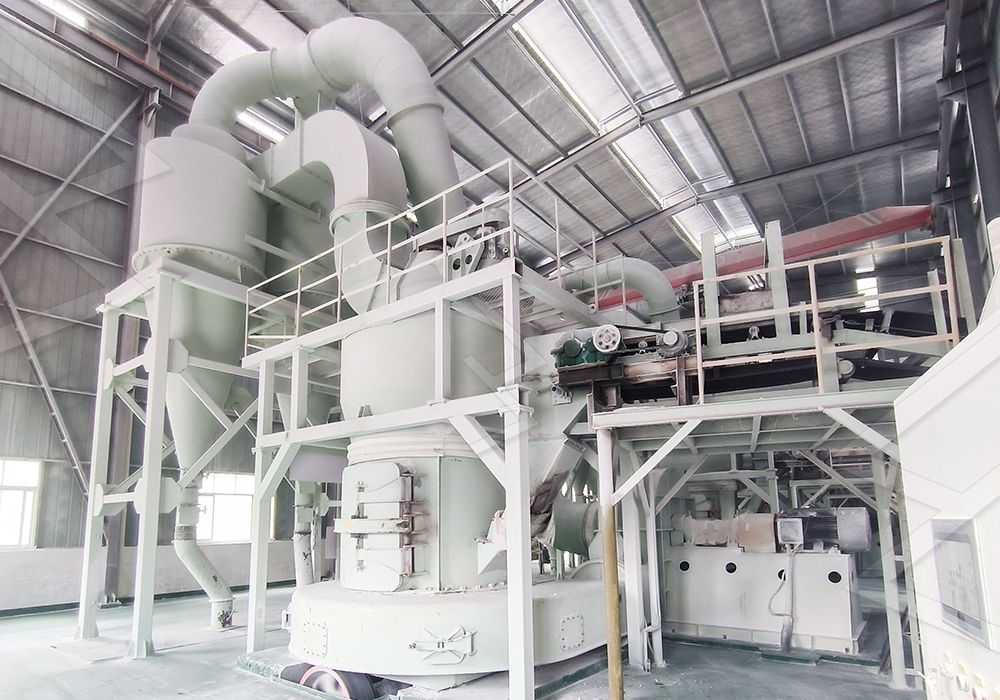Quartz Stone European Version Grinding Mill: Key Features and Applications
Quartz Stone European Version Grinding Mill: Key Features and Applications
In the world of industrial mineral processing, achieving precise particle size distribution while maintaining operational efficiency remains a significant challenge. Quartz stone, with its exceptional hardness and diverse industrial applications, demands specialized grinding equipment capable of delivering ultra-fine powders without compromising on productivity or environmental standards.
The European version grinding mills have revolutionized quartz processing through advanced engineering principles and innovative design features. These mills combine German grinding technology with robust construction to handle the abrasive nature of quartz while ensuring consistent output quality across various industrial requirements.

Technical Superiority in Quartz Processing
What sets European version mills apart is their unique approach to material reduction. Unlike conventional grinding systems that rely on impact forces alone, these mills utilize a combination of grinding, extrusion, and shearing actions. This multi-faceted approach significantly reduces energy consumption while improving the quality of the final product.
The grinding chamber design incorporates specially curved grinding rolls and rings that create optimal material beds, ensuring efficient particle size reduction. This geometry allows for better control over the grinding process, resulting in more uniform particle distribution and reduced over-grinding of already fine particles.
Recommended Solution: MW Ultrafine Grinding Mill
For operations requiring the finest quartz powders, our MW Ultrafine Grinding Mill represents the pinnacle of grinding technology. Engineered for customers who need to produce ultra-fine powder between 325-2500 meshes, this machine demonstrates remarkable efficiency in quartz processing.
The MW series stands out with its impressive capacity range of 0.5-25 tph while handling input sizes up to 20 mm. What makes this mill particularly suitable for quartz is its innovative design that eliminates rolling bearings and screws within the grinding chamber. This feature virtually eliminates concerns about bearing damage or loose screws causing operational downtime – a critical advantage when processing abrasive materials like quartz.

Environmental and Operational Advantages
Modern quartz processing facilities face increasing pressure to minimize their environmental footprint. European version grinding mills address these concerns through integrated dust collection systems and noise reduction technologies. The efficient pulse dust collector ensures no dust pollution occurs during operation, while specialized mufflers and noise elimination rooms maintain workplace comfort.
These environmental considerations don’t come at the expense of performance. The cage-type powder selector, incorporating German technology, provides exceptional precision in particle separation. Operations can fine-tune the fineness between 325-2500 meshes while achieving remarkable screening efficiency of d97≤5μm in a single pass.
Industrial Applications of Processed Quartz
The quality of quartz powder produced by European version mills opens numerous industrial applications. In the coatings industry, the consistent particle size ensures uniform dispersion and improved covering power. The cosmetics sector values the high purity and precise particle distribution for premium products, while the construction industry utilizes these fine powders in high-performance concrete and specialized coatings.
Other significant applications include electronics, where ultra-pure quartz powders serve as essential components in semiconductor manufacturing, and the chemical industry, where they function as functional fillers and reinforcing agents.

Advanced Control and Maintenance Features
Operational efficiency extends beyond mere production capacity. The digitalized processing capabilities of these mills ensure exceptional machining precision, particularly for core components. With numerical control governing operations from steel plate cutting to final paint spraying, manufacturers achieve consistency that translates to reliable field performance.
The external lubrication system deserves special mention for its practical design. By positioning lubricating devices outside the main shaft, operators can perform necessary maintenance without shutdowns, enabling continuous 24-hour production cycles that are essential for modern manufacturing operations.
Frequently Asked Questions
What makes European version grinding mills suitable for quartz processing?
These mills incorporate specialized wear-resistant materials and optimized grinding geometries that withstand quartz’s abrasive nature while delivering consistent particle size distribution.
How does the MW Ultrafine Grinding Mill achieve such fine particle sizes?
Through its advanced cage-type powder selector technology and precision grinding curve design, the mill can produce powders ranging from 325 to 2500 meshes with exceptional uniformity.
What environmental features do these mills incorporate?
The integrated pulse dust collection system, combined with noise reduction technologies, ensures compliance with strict environmental standards while maintaining operational efficiency.
How does the maintenance requirement compare to traditional grinding mills?
The absence of rolling bearings and screws in the grinding chamber significantly reduces maintenance needs, while external lubrication points enable maintenance without production stoppages.
What industries commonly use quartz powder processed by these mills?
Major applications include coatings, cosmetics, construction materials, electronics, chemicals, and various industrial filler applications requiring precise particle size control.
